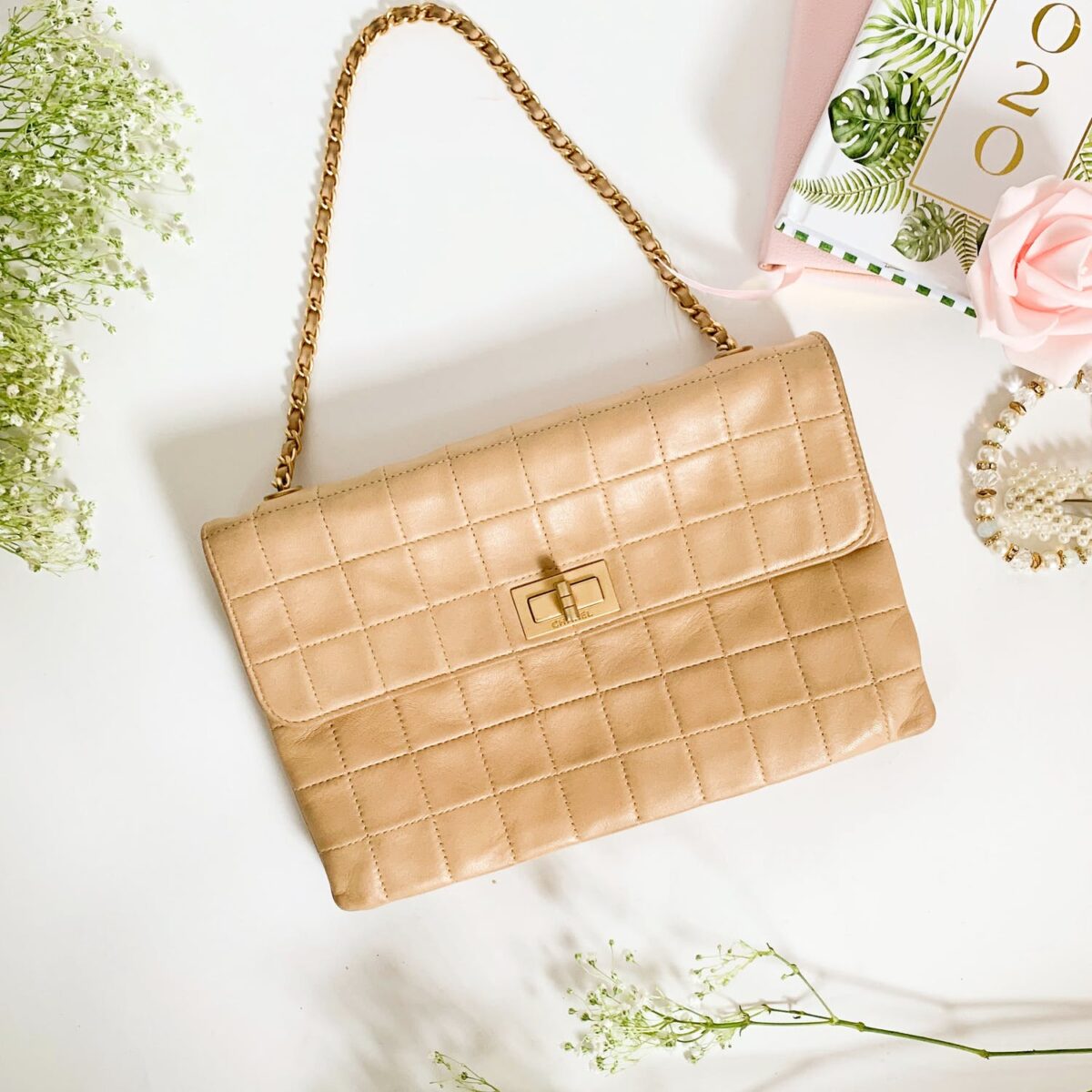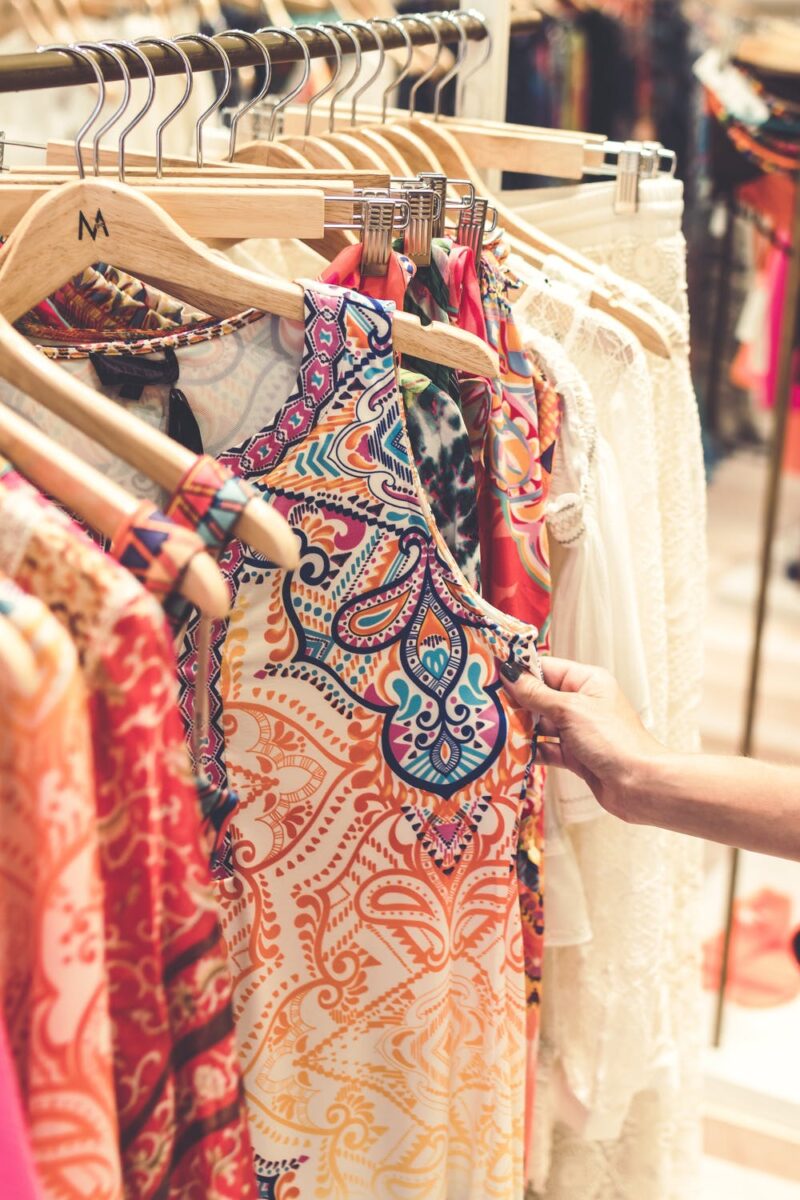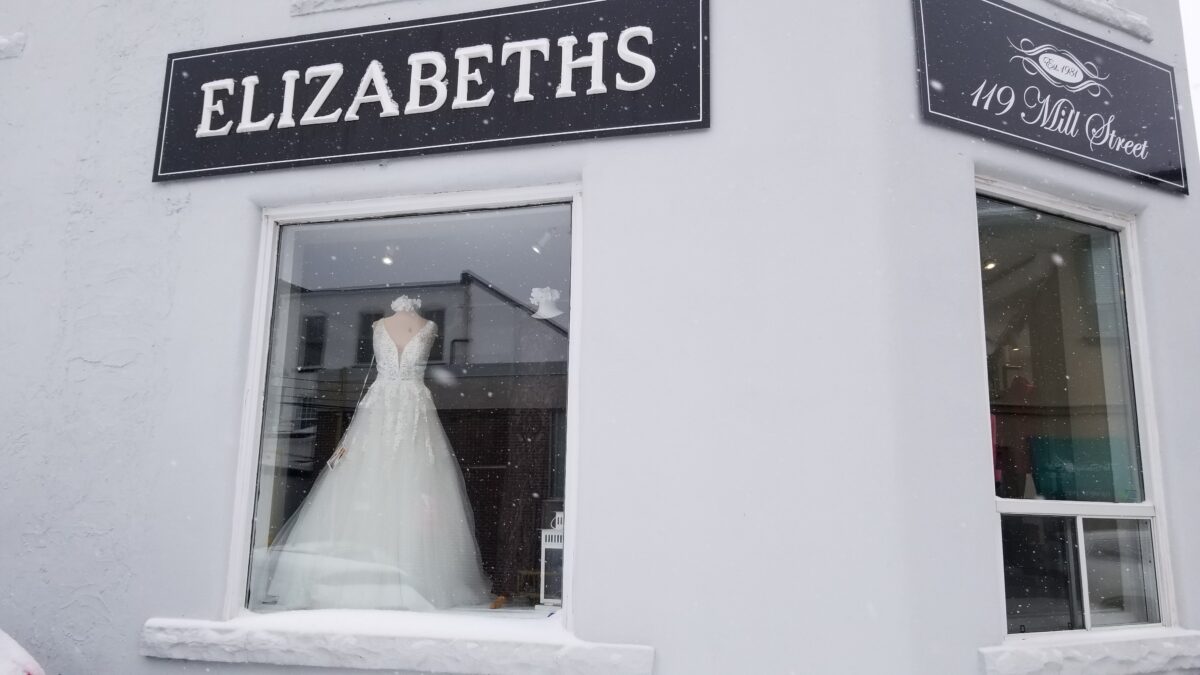
When COVID lock-downs first hit many shoppers found themselves having to tighten their budgets. Whether it was from lost jobs or concern over the future people focused more on buying essentials and less on more expensive goods. One of the areas that were hit hardest was the luxury and high-end brands sector. These stores were hit many ways. People did not have the money to spend at these stores, and they stayed closed during lock-downs for much longer than essential retailers. These factors led to a huge loss of revenue for these businesses. Business consultants reported that luxury brand sales dropped between $85 and $120 billion in 2020. This meant that the luxury sector lost around 30 percent of its total sales.1 Things looked grim for high-end businesses with COVID lock-downs continuing into 2021.
However, despite COVID still affecting customers, luxury brands are on track to not only recover but increase overall sales. The sudden return of high-end stores, as well as the new prevalence of online shopping, seems to have fuelled a new wave of luxury shopping. Due to lock-downs shoppers are unable to travel abroad. This is driving large growth in the luxury sectors of the United States and China. High-end shoes, clothes, and jewelry are among the fastest-growing areas. Sales here are growing so fast they are actually 4% higher than in 2019, pre-pandemic. Young shoppers under 40 make up a huge chunk of this recovery thanks to online marketing pushes on social media.

Photo by Artem Beliaikin on Unsplash
Online marketing strategies are how some brands recovered so well. Louis Vuitton recently updated and greatly expanded their online inventory and experience which has allowed them to grow their sales in all markets through 2021 and 2022. Other brands have had similar success with online, distance shopping.
Heather is the owner of Elizabeths Fashions in Georgetown, a high-end clothing store and bridal shop. She says that the start of COVID was extremely difficult as their stock is very expensive, and they had just received a lot of stock before COVID. They quickly turned to online retail and found a lot of success with Facebook. “Facebook was the most essential tool to not only keeping afloat during this impossible time but to growing our business,” she says. “Our presence on Facebook has allowed us to develop a community where we focus on not just selling but helping raise up other small businesses in our community.”

Photo by Dylan Talbot
Shoppers around the world list a variety of reasons for spending more on high-end brands this year. Many have practical reasons for turning to luxury brands and goods. It’s no longer purely for name-brand recognition.
One frequent shopper of luxury goods, Doris, says that while the prices may be high it is the quality of the goods that have her coming back. She says she does not purchase them for their status, but for their functionality and durability. “What entices me is if it’s high end, and at the same time on sale,” she says.
By focusing on online sales and widening their customer base through digital shopping luxury brands have managed to bounce back in a big way. Many companies say that focusing on brand engagement with the younger generations has also played a key role in their recovery. It remains to be seen what the future of the luxury world will look like in the ongoing pandemic, but right now it looks bright.
